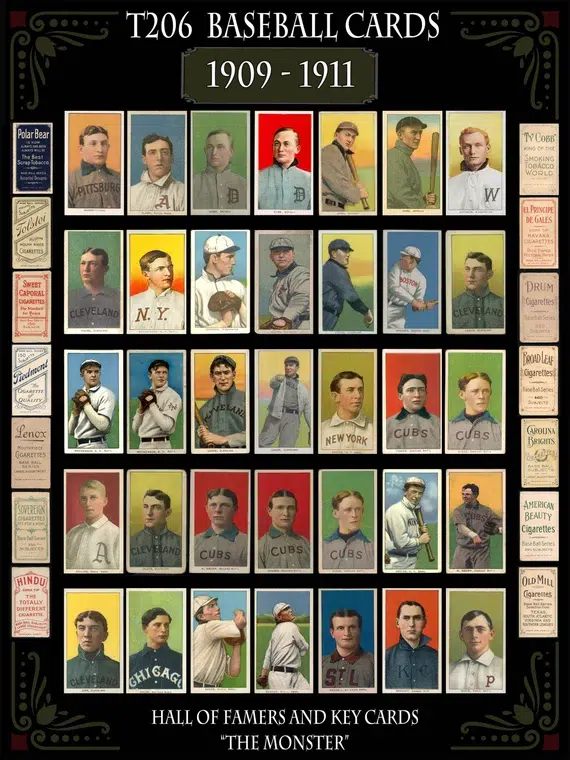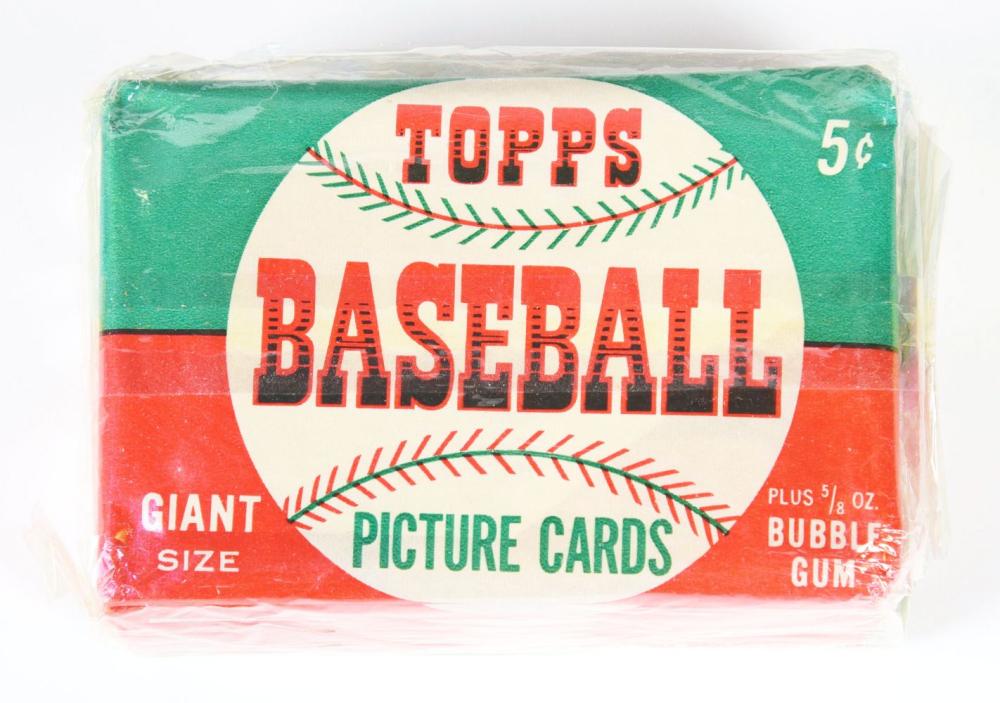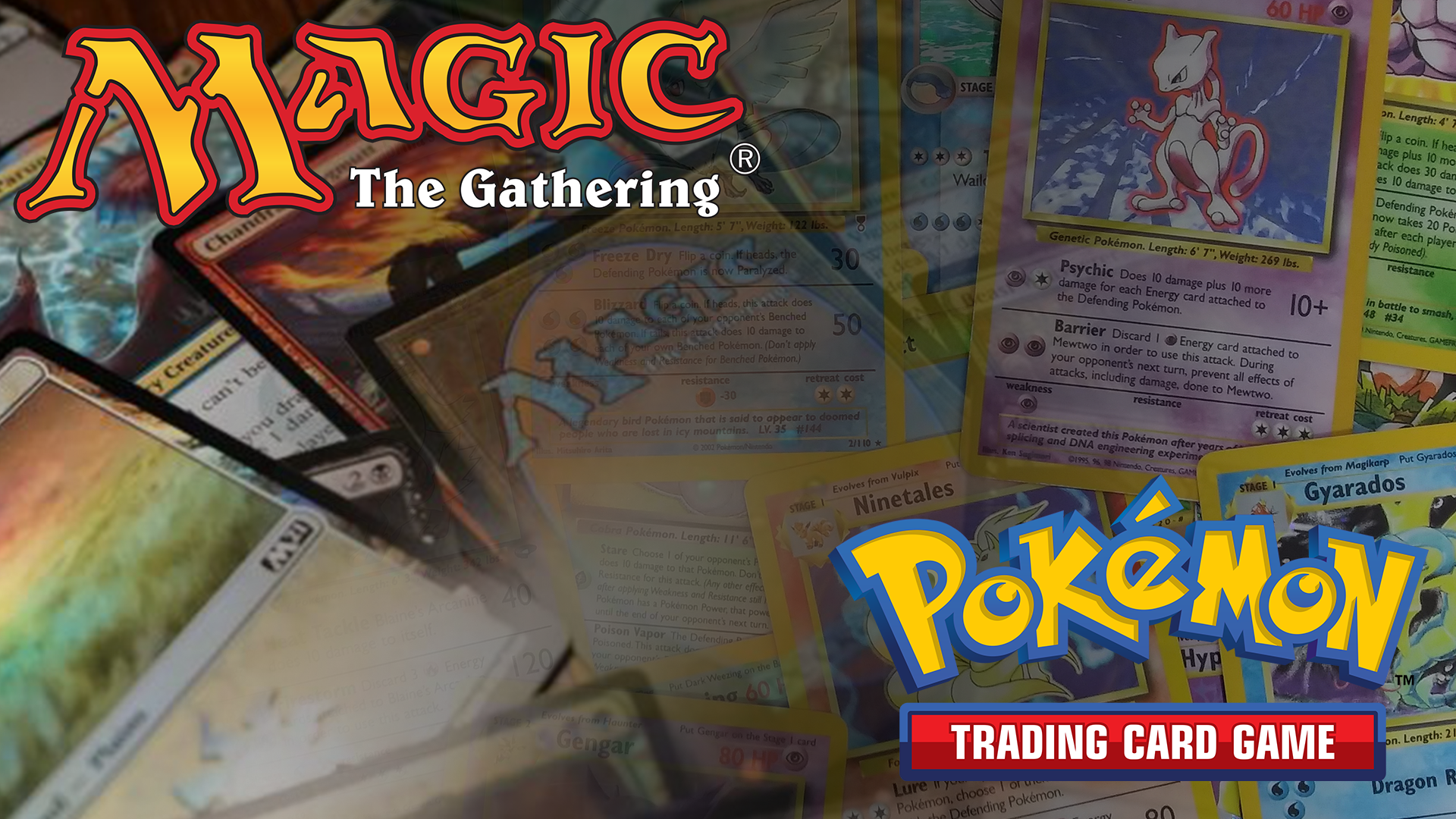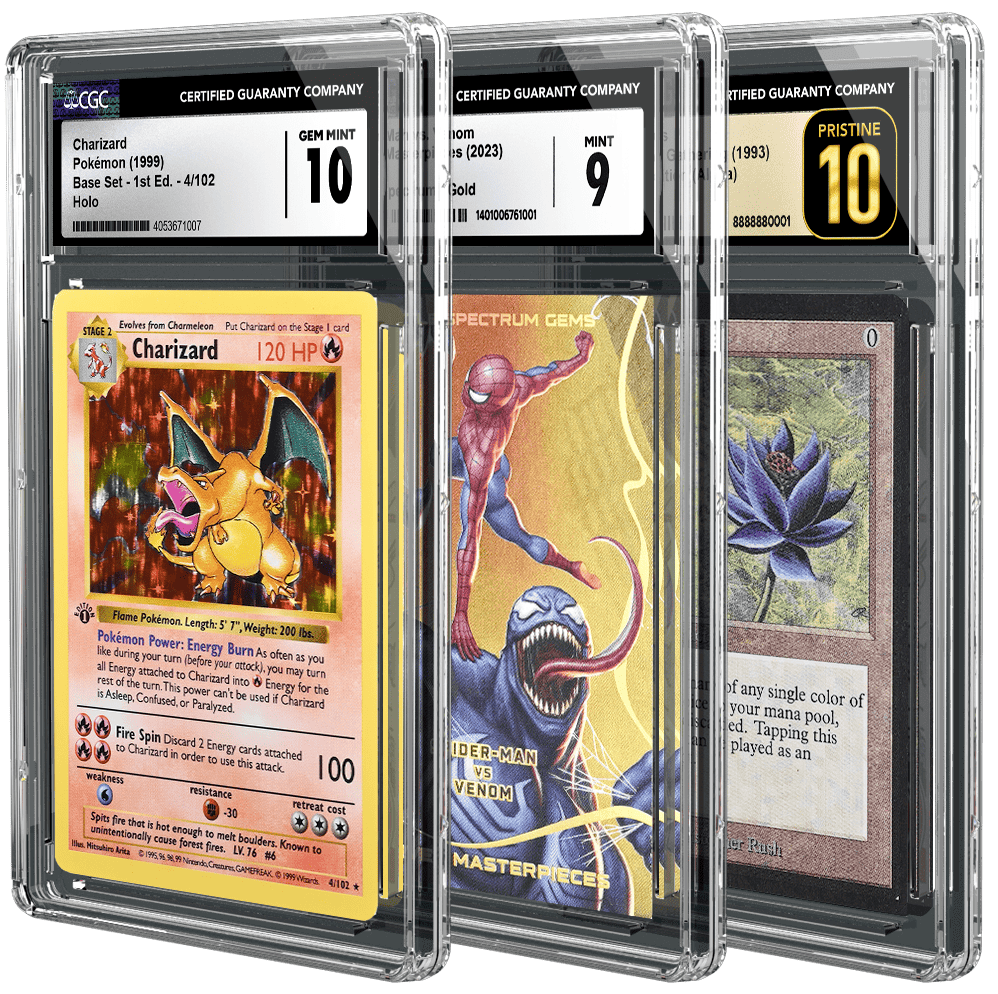Trading Card History and Evolution: From Cigarette Cards to Game Cards.
Trading cards have come a long way, starting at the end of the Victorian era with cigarette pack inserts, then continuing to the rise of Topps baseball cards, the 1990s trading card boom, and recent card trends. A pack of cards that may have cost mere cents back in the day could contain a rare card worth thousands or even millions of dollars. So grab your shoebox of old cards (check the attic!) and let’s dive into the history and evolution of trading cards.
Origins: 19th-Century Tobacco Cards and Early Collectibles
In the late 1800s, trading cards first emerged as inserts in tobacco products, serving both to stiffen cigarette packs and to build brand loyalty. Characters in these early products included military leaders, national flags, and actresses. Anything that might captivate the public’s interest. It didn’t take long for sports to enter the scene.
By the early 1900s, baseball players had become a dominant theme on cigarette cards. One landmark set from this era is the famous T206 baseball card series (1909–1911) produced by the American Tobacco Company. This set of 524 cards, nicknamed “The Monster” by collectors, included legends like Ty Cobb, Cy Young, and Walter Johnson. Among them, the now-mythic Honus Wagner card. The superstar shortstop reportedly objected to his likeness being used to sell cigarettes, resulting in fewer than 60 known copies being printed. The card became the Holy Grail of baseball cards, selling for $7.25M in a 2022 private sale.
Not bad for a card that originally came free with a pack of smokes!


Gum and Sports Cards Boom: 1940s–1950s and the Rise of Topps
After World War II, trading cards shifted from tobacco to gum. In the 1930s, companies like Goudey Gum included cards in packs of gum, featuring baseball icons such as Babe Ruth. But the 1950s were truly the golden age of sports cards, thanks largely to one name: Topps.
Topps, originally a chewing gum company, launched its first major baseball card set in 1952, introducing innovations like vibrant color photography and player statistics on the back, setting the template for modern baseball cards. It also included one of the hobby’s most iconic cards: Mickey Mantle’s rookie card. At the time, you could buy a pack of Topps baseball cards (six cards with included gum) for just five cents, roughly a penny per card, throughout the 1950s. Today, unopened packs are rare collectibles. In 2024, an unopened 1952 pack sold at auction for a whopping $91,000.
Topps quickly became the dominant player in the industry. They engaged in a heated rivalry with Bowman Gum, competing for licenses to feature players. In 1956, Topps bought Bowman and held a virtual monopoly on baseball cards for the next two decades, entertaining children and adults alike. Though adults’ cards were usually in better condition. Many children would make “motorcycles” by sticking cards in their bicycle spokes, causing them to make a whirring noise, or played games with them, damaging the cards.
The All-Star Era: 1960s–1980s Cards and Collecting Culture
From the 1960s through the 1980s, sports card collecting continued to grow. Topps expanded into football, basketball, and hockey cards, and collecting became a multigenerational pastime. During the 1970s, price guides and conventions started popping up. The secondary market for cards was developing. Vintage cards began selling for dollars rather than pennies. For example, by the ’70s, a Honus Wagner T206 could fetch about $1,100 to $1,500, and a 1952 Mickey Mantle might go for around $100.
In 1981, Topps’ monopoly on baseball cards was broken, and new competitors like Fleer and Donruss entered the scene. More companies meant more cards, and by the mid-to-late ’80s, card collecting was everywhere.
The 1980s-90s era is wryly remembered as the “junk wax” era. Cards were produced in such massive quantities that many aren’t worth much today.
By the early ’90s, the market was saturated: seemingly every rookie had 5 different rookie cards, and every kid had binders stuffed with 1988 Topps or 1990 Donruss that, decades later, are only worth their weight in nostalgia. As the ’90s went on, many collectors left the hobby when they realized their 50 copies of some “future star” weren’t going to pay for college after all.
Still, the late ‘80s/early ’90s boom left a legacy. It established a huge community of collectors and brought mainstream attention to card collecting. It also set the stage for the next revolution in trading cards, one that didn’t involve sports at all.
Pokémon, Magic, and the 1990s Entertainment Card Explosion
While sports cards remained popular, the 1990s also saw the rise of entertainment and game cards that redefined what a “trading card” could be. Two of the biggest names were born in this decade:
• Magic: The Gathering (1993) – The first modern collectible card game, turned trading cards into a playable strategy game. Players buy decks and booster packs to collect powerful fantasy cards (dragons, spells, artifacts) and duel each other. Some early Magic cards were printed in very limited quantities, making them super valuable today. The most famous example is the Black Lotus, an ultra-rare card from 1993 valued for both its in-game power and scarcity. Only about 1,100 were ever printed, and copies have sold for over $500,000 at auction.
• Pokémon Trading Card Game (1996 in Japan, 1999 worldwide) – If you were a ’90s kid, you probably remember the Pokémon card craze. Pokémon cards, featuring cute (and not-so-cute) monsters like Pikachu and Charizard, became a playground collecting craze. Packs flew off store shelves in the late ’90s as kids tried to “catch ’em all.” Fast-forward two decades, and Pokémon card values have skyrocketed beyond what any ’90s kid could imagine. A 1999 holographic Charizard card, once traded casually at recess, is now a holy grail for collectors. In 2021, a 1st Edition Charizard with a perfect 10/10 Beckett grade was estimated at $1 million USD value. Only three copies in the world have that top grade! High-profile collectors (Ex, YouTube star Logan Paul) have spent six or seven figures to obtain top-tier Pokémon cards. And it’s not just Charizard: a super-rare Pikachu Illustrator card (awarded as a prize in 1998) sold for $900,000 in 2022, and another copy was bought for a record $5.27 million in a private sale.

Pokémon and Magic were joined by other entertainment cards, too. The late 1990s saw the emergence of “Yu-Gi-Oh!” cards, and even earlier, non-sport cards like Star Wars and satirical stickers/cards, such as Garbage Pail Kids, demonstrated that cards could feature a wide range of subjects. By the end of the 20th century, if something had a fan base, there were probably trading cards of it!
Modern Trends: Grading, Online Communities, and Digital Collectibles
Professional Grading: Collectors now often use grading services like PSA or Beckett to professionally rate card conditions from 1 to 10. High-grade cards can significantly increase in value. For example, a PSA 10 Michael Jordan rookie card sold for $738k during the 2021 market boom and $217k on average nowadays, compared to $1,450–$3,600 ungraded.

Online Marketplaces & Auctions: Platforms like eBay and auction houses (Heritage, Goldin) transformed the hobby by allowing global, 24/7 buying and selling. This has made the market transparent and dynamic, connecting collectors worldwide.
Social Media & Online Communities: Collecting communities thrive on Facebook, Instagram, YouTube, and TikTok, popularizing live-streamed box breaks and influencer-driven excitement. Younger generations heavily rely on these platforms for sharing and discovering collectibles.
Younger Generations & Rare Cards: While collecting whole sets of cards used to be the most popular approach, now many Gen Z and Alpha collectors prioritize chasing ultra-rare inserts, autographed cards, and limited-run parallels rather than completing full sets. They blend collecting with investing, driven by online marketplaces.
From Victorian-era trade cards stiffening cigarette packs, to bubblegum and baseball in the post-war boom, to Pokémon cards selling out in seconds, trading cards have continuously reinvented themselves. The history of trading cards is truly a journey through popular culture: every generation finds its heroes and characters on small pieces of cardboard to treasure.







